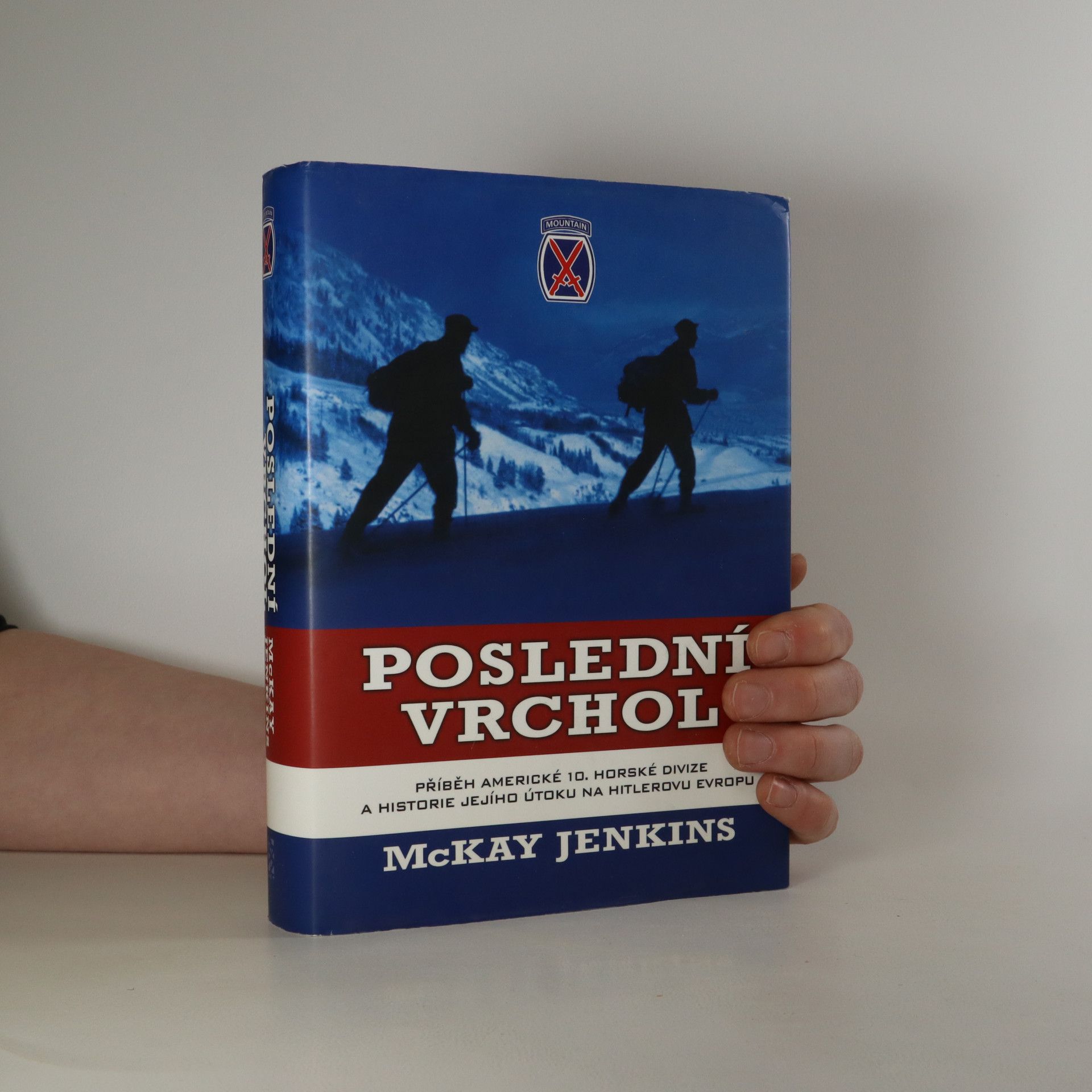The Delaware Naturalist Handbook
- 341 pages
- 12 hours of reading
The habdbook to accompany a major university-led public educational outreach and community engagement initiative. This statewide master naturalist certification program is designed to train hundreds of citizen scientists, K-12 environmental educators, ecological restoration volunteers, and habitat managers each year.


